
People who smoke marijuana and cigarettes have 12 times the risk for centrilobular emphysema than non-smokers, according to new computed tomography (CT) research presented at the annual Radiological Society of North America (RSNA) conference.

People who smoke marijuana and cigarettes have 12 times the risk for centrilobular emphysema than non-smokers, according to new computed tomography (CT) research presented at the annual Radiological Society of North America (RSNA) conference.
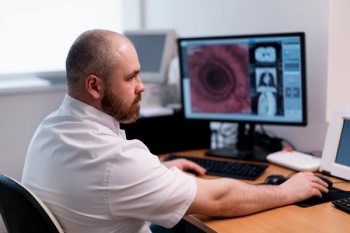
Excess verbiage, at the behest of non-clinical interlopers, continues to pervade radiology reports.
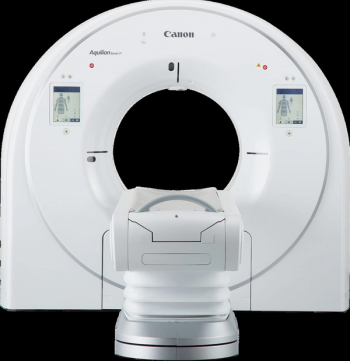
The Aquilion ONE/Insight Edition and Aquilion Serve SP computed tomography (CT) systems reportedly offer enhanced deep learning reconstruction and intuitive workflow efficiencies.

Catch up on the top radiology content of the past week.

With algorithms utilized in aerospace technology, the CT LVAS software reportedly provides enhanced assessment of regional airflow and lung ventilation.
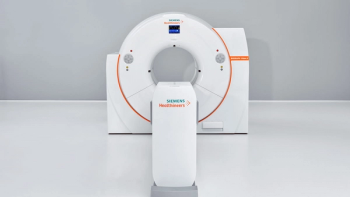
The Biograph Vision.X positron emission tomography/computed tomography (PET/CT) reportedly offers an industry-leading time of flight (TOF) and detector technology that facilitates the diagnosis of smaller lesions.
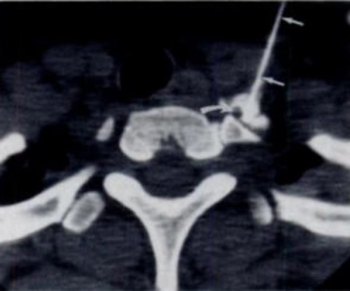
Utilizing computed tomography (CT) guidance, researchers have found that performing a minimally invasive anesthetic injection into the stellate ganglia may help address parosmia due to COVID-19, according to study results that will be presented at the annual Radiological Society of North America (RSNA) conference next week.
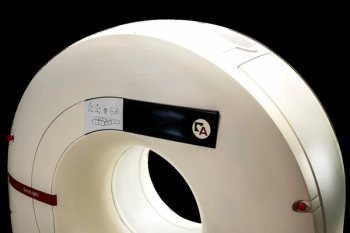
The artificial intelligence (AI)-powered technology reportedly offers decreased noise magnitude while enhancing image reconstruction for cardiovascular computed tomography (CT) scanners.

Catch up on the top radiology content of the past week.
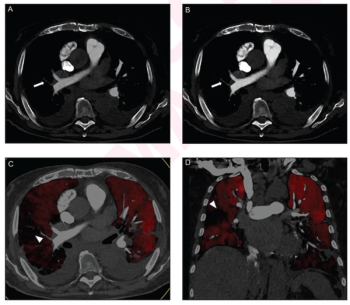
Performing computed tomography pulmonary angiography (CTPA) with a high-pitch photon counting detector (PCD) offers enhanced signal-to-noise ratio (SNR) and contrast-to-noise ratio (CNR) at a reduced radiation dose in comparison to employing an energy-integrating detector (EID), according to new research.
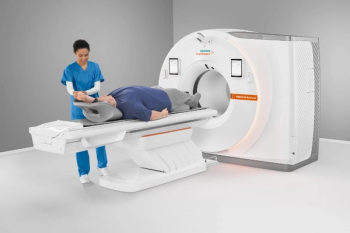
Offering a combination of simplified and personalized scanning for patients at significantly lower lifecycle costs than other dual-source CT systems, the Somatom Pro.Pulse may be a viable option for smaller rural facilities and outpatient imaging centers.
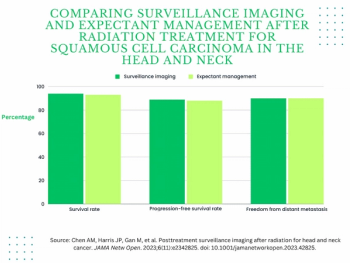
For patients who had a complete metabolic response to radiation treatment for head and neck cancer, the authors of a recent study found that surveillance imaging with PET/CT, MRI or CT did not improve outcomes in comparison to expectant management.

Catch up on the top radiology content of the past week.
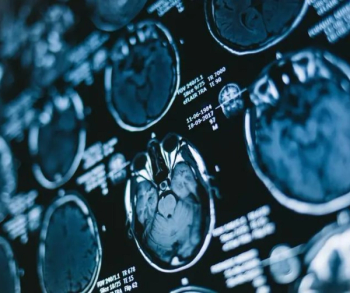
Noting that initial imaging sensitivity is a key factor in cost-effectiveness for patients who do not require acute treatment for dizziness, researchers found that specialized MRI (including multiplanar high-resolution DWI) provided the most benefit in a comparative trial of neuroimaging modalities.
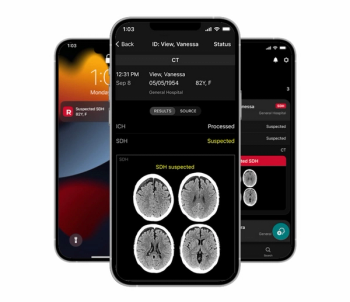
The Rapid SDH module on the RapidAI platform reportedly offers a sensitivity rate of 93 percent for detection of hemispheric subdural hematoma on non-contrast computed tomography (CT) scans.
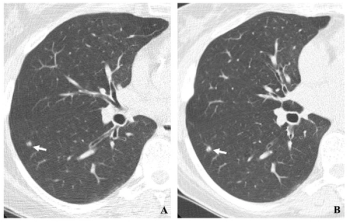
Assessing 20-year follow-up data from a cohort for an international study of annual low-dose CT screening for lung cancer, researchers noted an 81 percent survival rate after an initial primary lung cancer diagnosis for over 1,200 patients with a median 43 pack-year smoking history.
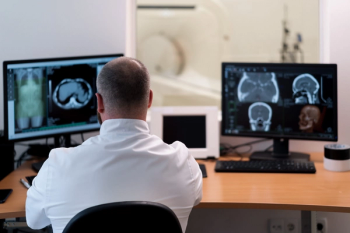
The ability to consider and comment on prior imaging in the radiology report may help reduce extraneous addenda requests.

Catch up on the top radiology content of the past week.
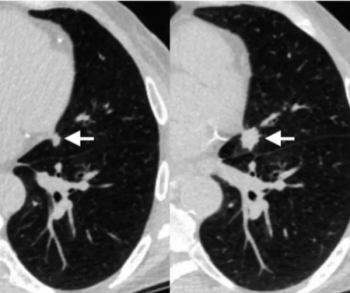
In a newly updated guidance, the American Cancer Society recommends the expansion of annual lung cancer screening with low-dose computed tomography (LDCT) for current or previous smokers 50 to 80 years of age who have a 20-pack-year or greater history of smoking.
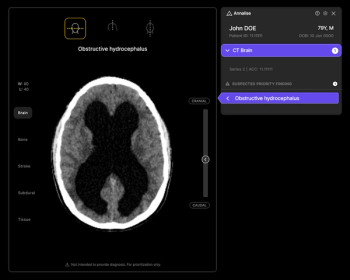
Featuring 12 prior FDA clearances for chest X-ray and non-contrast head CT, the Annalise Triage platform may help streamline radiology workflows and prioritize timely diagnosis of urgent conditions.
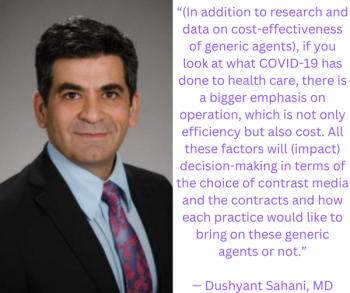
In a recent video interview series, Dushyant Sahani, M.D., discussed the critical role of contrast media in diagnostic imaging, lessons learned from the contrast media shortage, key considerations with generic agents and currently unmet needs with contrast agents.
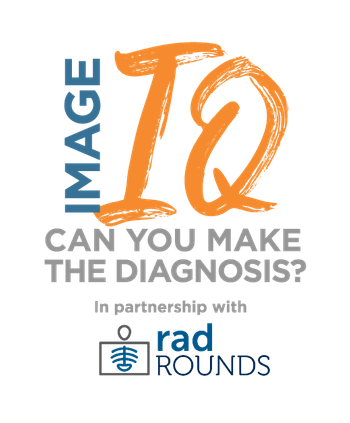
Review the case study and test your knowledge to make the correct diagnosis.
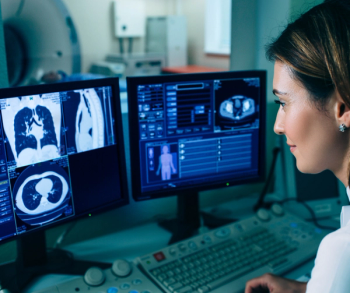
Could adjustments to quality assurance review facilitate improved teamwork between radiologists and referring clinicians?

Catch up on the top radiology content of the past week.
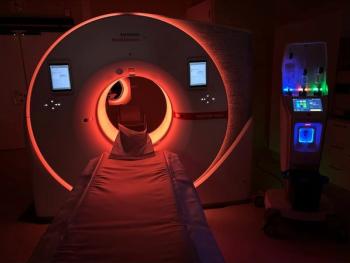
Photon-counting computed tomography (PCCT) offers a number of salient advantages over conventional CT, including improved image resolution and contrast-to-noise ratio, enhanced denoising capability and inherent spectral sensitivity.